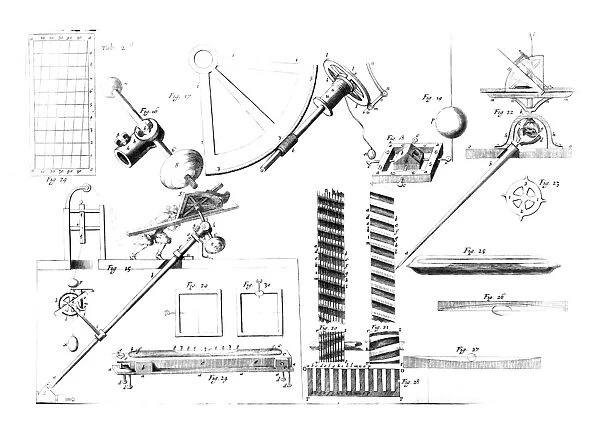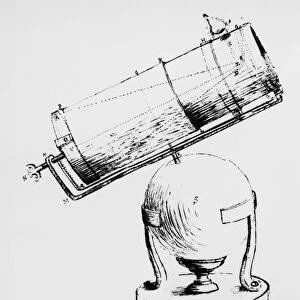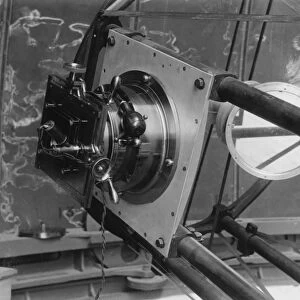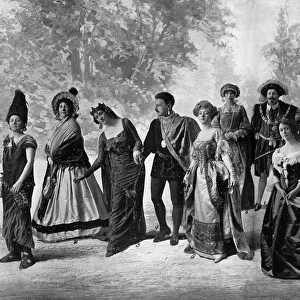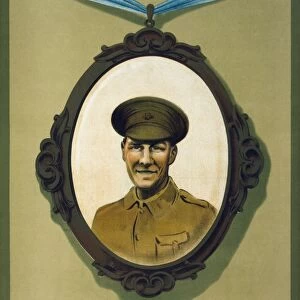Astronomical instruments, 17th century
![]()

Wall Art and Photo Gifts from Science Photo Library
Astronomical instruments, 17th century
Astronomical instruments. 17th-century diagrams showing various instruments used in astronomy, including a quadrant and a universal joint. This page is from Some Animadversions on the First Part of Hevelius (1674) by English scientist Robert Hooke (1635-1703). This work was a criticism of a work a year earlier (Machina Coelestis, 1673) by the Polish astronomer Johannes Hevelius (1611-1687), where Hevelius described his observatory. Hookes work also contained descriptions and explanations of some of his scientific instruments. This page includes various mechanisms relating to equatorial telescopes and clock drives
Science Photo Library features Science and Medical images including photos and illustrations
Media ID 9218731
© ROYAL ASTRONOMICAL SOCIETY/SCIENCE PHOTO LIBRARY
1600s 17th Century Apparatus Astronomer Book Device Devices Diagram Engraving Experimenting Instrument Instruments Mechanism Mechanisms Page Plate 2 Publication Quadrant Robert Hooke Scientist Telescopes 1674 Drives Equatorial Telescope Physical
EDITORS COMMENTS
This print showcases a glimpse into the world of 17th-century astronomy with its array of intricate and innovative astronomical instruments. The image, taken from Robert Hooke's renowned work "Some Animadversions on the First Part of Hevelius" offers a fascinating insight into the scientific advancements of that era. In this detailed engraving, we see various devices used by astronomers during this time period, including a quadrant and a universal joint. These tools were essential for observing celestial bodies and making accurate calculations in the field of astronomy. The plate also features mechanisms related to equatorial telescopes and clock drives, highlighting the technological sophistication achieved during this period. The historical significance of this artwork is further enhanced by its connection to two prominent figures in scientific history: English scientist Robert Hooke and Polish astronomer Johannes Hevelius. Hooke's publication not only critiqued Hevelius' earlier work but also provided descriptions and explanations for his own scientific instruments. As we delve into this monochrome illustration, we are transported back in time to witness firsthand how early scientists grappled with understanding our universe. This print serves as a testament to human curiosity, ingenuity, and relentless pursuit of knowledge throughout history.
MADE IN THE USA
Safe Shipping with 30 Day Money Back Guarantee
FREE PERSONALISATION*
We are proud to offer a range of customisation features including Personalised Captions, Color Filters and Picture Zoom Tools
SECURE PAYMENTS
We happily accept a wide range of payment options so you can pay for the things you need in the way that is most convenient for you
* Options may vary by product and licensing agreement. Zoomed Pictures can be adjusted in the Cart.

